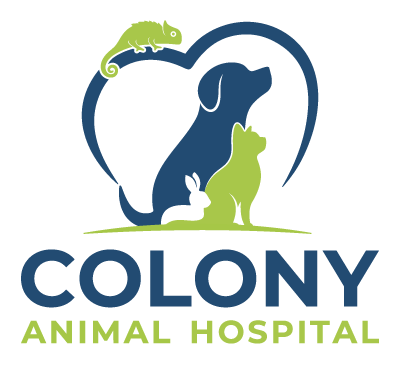Library
-
Polycystic Kidney Disease (PKD) is an inherited condition that causes multiple cysts (fluid pockets) in the kidneys. Persian cats and breeds with Persian bloodlines are most commonly affected. The clinical signs, diagnosis, genetic testing, and treatment options are explained in this handout.
-
Polyfolliculosis is a condition where several feathers grow out of one feather follicle. These feathers may be irritating, causing the bird to pick at them or pluck them out. There is no specific treatment for this condition.
-
Avian polyomavirus infection (APV) of pet birds belongs to the family Polyomaviridae. APV can cause benign feather lesions in budgies, slow crop emptying in weanling parrots, hemorrhages on the skin, or acute death. Species particularly susceptible to APV infection include budgies, Eclectus parrots, Caiques, and hawk-head parrots. Clinical signs, diagnostic testing, and preventive measures are explained in this handout.
-
Polysulfated glycosaminoglycan is an injectable disease-modifying osteoarthritis drug (DMOAD) used to treat non-infectious and traumatic arthritis in dogs. It is also used off-label in cats and small mammals. If administering this medication at home, follow your veterinarian’s instructions and dispose of the needle and syringe appropriately. Side effects are rare when given according to label recommendations and at prescribed intervals. Do not use this medication in pets with a known hypersensitivity to it, in pets with known or suspected bleeding disorders or immune-mediated arthritis, or in pets with severe kidney or liver disorders.
-
The Pom may be tiny, but this spunky extrovert can get a little cocky for a dog not much bigger than your shoe. Outgoing and effervescent, Pomeranians have faces like little foxes, making them hard to resist and easy to forgive.
-
While Poodles are often portrayed as snobby and aloof, in reality, they are friendly, cheerful dogs with a keen sense of fun.
-
A portosystemic shunt causes a bypass of blood from the gastrointestinal tract directly into the systemic circulation, avoiding the normal detoxifying process that happens in the liver and reducing nutrient input into the liver. Liver shunts can be congenital defects (failure of closure of the ductus venosus or inappropriate vascular development) or acquired (development of extra vessels caused by portal vein hypertension). Clinical signs include failure to thrive (runt), head pressing or other neurological signs especially after high protein meals, delay in anesthetic recovery, increased urination, and vomiting or diarrhea. CBC and biochemistry can be altered in a dog with a portosystemic shunt (e.g., microcytic anemia, low BUN, glucose, elevated ALT) and urinalysis can show abnormal crystals and possibly infection. Bile acids will be elevated. CT, ultrasound, or other more advanced imaging will confirm and locate the shunt. Initial treatment includes a change to a low protein diet, lactulose to absorb ammonia and other toxins, and antibiotics to change the bacterial population of the intestines. Some dogs do well with medical management; however, many need surgical treatment to gradually close off the shunt. Surgery is very successful and dogs return to normal in 2-4 months.
-
Pequenos are the smallest of the three Portuguese Podengos. They love to run and play and appear to enjoy being silly.
-
Portuguese Water Dogs are intelligent and used to deciding for themselves if something is not right. The positive aspect of this behavior is that they are wonderful companions, take good care of the children in their families, and feel at home in the city, the country, or at the beach.
-
Guarding desired items can be a normal behavior in dogs, but when it escalates, the safety of both people and animals is compromised. Exercises to prevent and reverse guarding behavior can be beneficial to any dog. Professional guidance is needed for any dog who repeatedly conflicts with people or pets because of guarding behavior.

